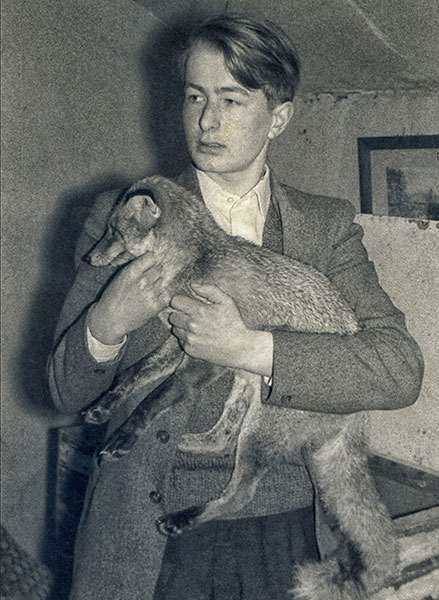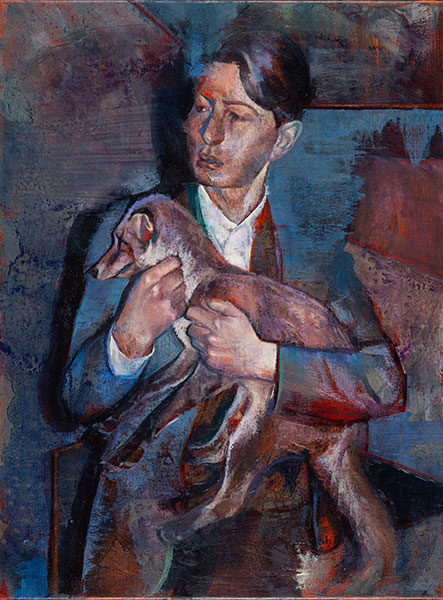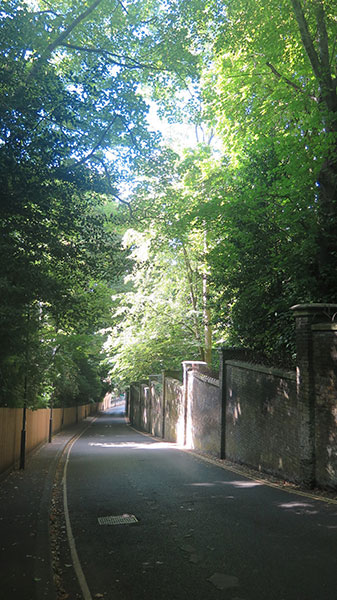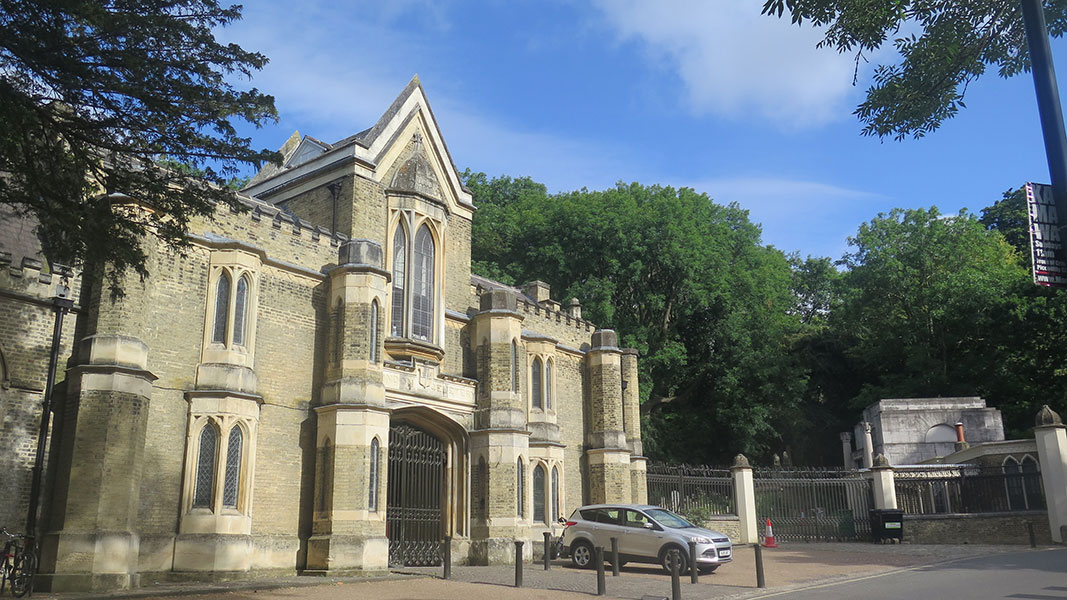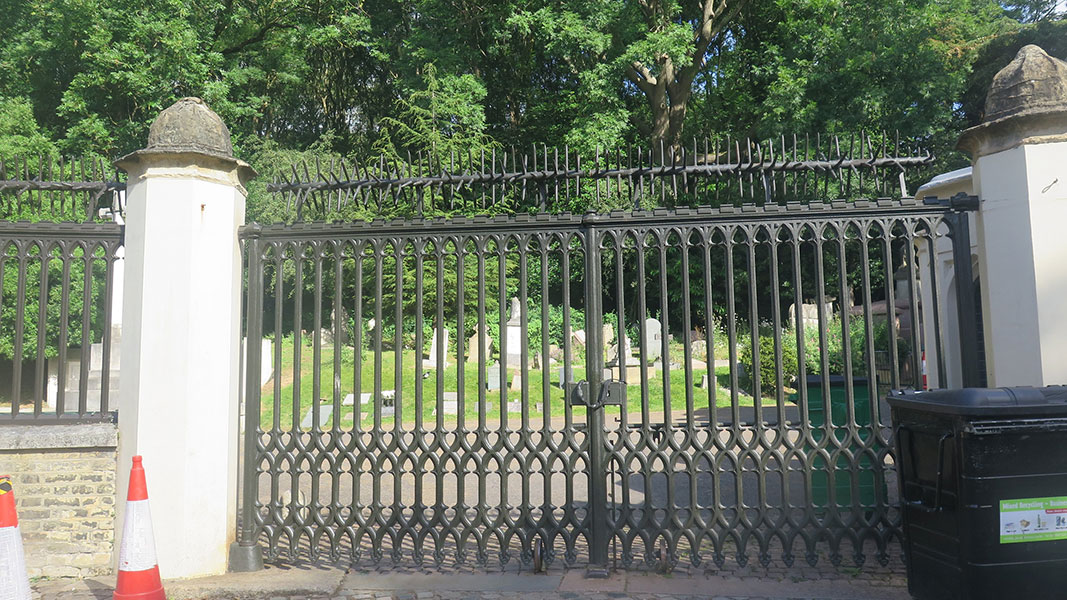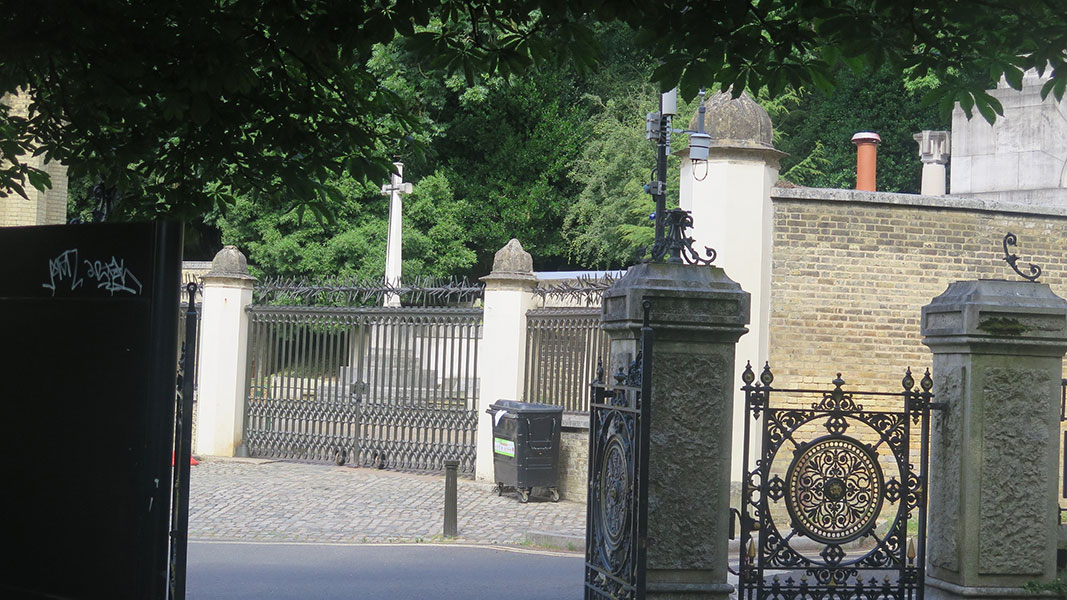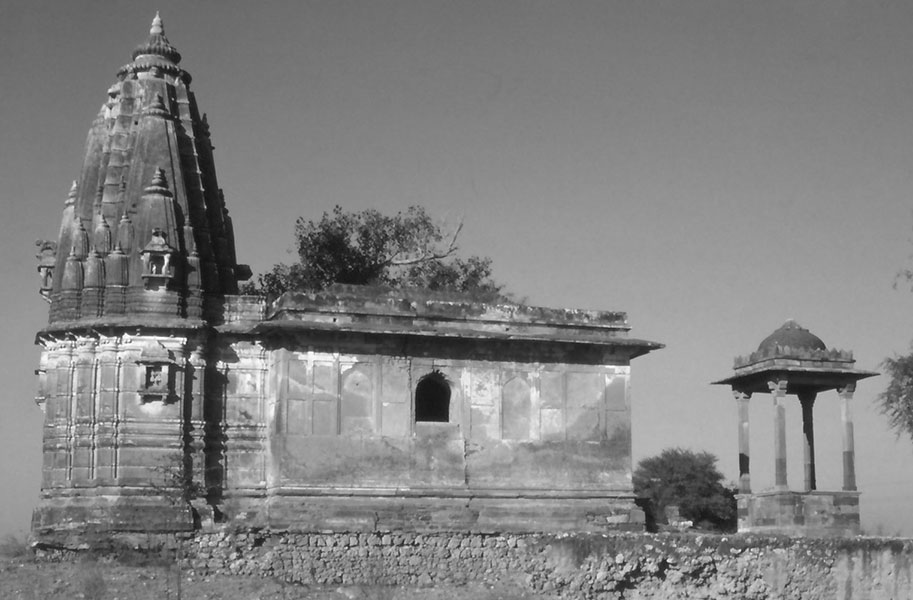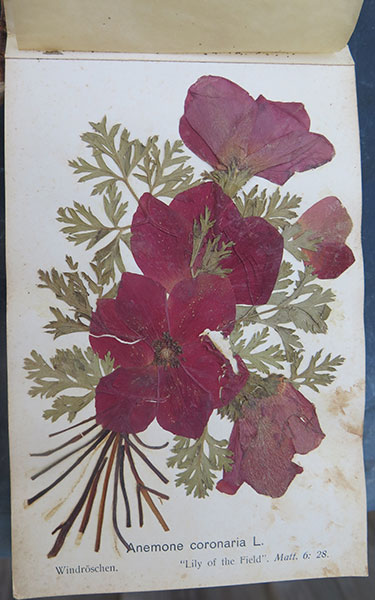87. Karl Marx & A Picture Much Foxed
86. Rough Sea At Dancing Ledge
June 7, 202488. Another Summer Reaches Its Height
August 1, 2024G etting old with all these images! They oppress. Other folk would throw the lot away, but they can come in useful – would do so immediately, if destroyed. A mass of photos was spread out on the floor when Toby called in. He immediately picked out one - a discoloured black and white print - and took a copy. It showed me, ragged and 18, holding a fox. I have reason to remember that fox. A woman riding her horse over sand-dunes had found it in a bad state and, since I had a reputation for looking after sick, wild things, she brought it to me. There was something mentally very wrong with it. Had I been older and wiser, rabies would have occurred as a possibility. Luckily for me, that was not the problem. Perhaps it had been poisoned. I kept it for some weeks. Although it ate well, there was no improvement. It simply became madder, ran backwards. I still have a scar on one finger from its bite, mirroring one on the other hand left by an injured badger. The local vet, who never billed my wild animal treatments, came, diagnosed an incurable brain infection and put it to sleep.
Only the photograph survives (taken in a neglected shed adjoining our house which later became my bedroom) and the painting that Toby worked up from it. Toby Wiggins is a painter – portraits, amongst the other things that drift through his head, easily intrigued by an image. Since childhood, he was a neighbour and friend of the late Mary Spencer Watson, the sculptor who owned Dunshay, where, thanks to her, I now live and he has a studio. Occasionally, recognising a willing model, he has made me pose.
Recently, there was an invitation to an exhibition, which he shared with two other artists, at The Highgate Society’s hall, in London. On the card, he had chosen a version of that foxy image to represent his work. Missing the private view, I cadged a lift to see the pictures when he collected them, and, while he wrapped them, went out into a damp spring day to explore an unfamiliar part of London. Steep Swains Lane looked enticing, descending beneath fresh-leaved trees. It led to a handsome gateway. Beside it was a black, iron gate, meeker than that in the gateway, but still impressive. Behind it sat at a half-grown fox, quite at peace, unfazed by my presence, seemingly finding me as interesting as I found it. Do people feed then? The coincidence was striking – a couple of portraits with a fox, then this infrequent meeting with another just down the hill.
But it was not the end. This proved to be the entrance to Highgate Cemetery and to a whole sequence of remembered events. The place was familiar. Trev Haysom and I had come up to London in December 1971 to meet our friend, Horace Alexander, who was due to break his journey there when flying from Delhi to New York. On the evening before he was due to arrive, we had been out for a drink. The pub, like so many others, had a television burbling away, but this time it was unusual – the television images were in colour! The News showed a green map of India on which were startling scarlet stars. The announcer’s words immediately became interesting: each star marked a town which Pakistan’s Air Force had just bombed. That day saw the launch of another Indo-Pak war! Next morning, calling at the hotel in Bloomsbury where Horace was to stay, the receptionist said that he had cancelled. The war had stopped all flights out of India. A visit to London was a rarity for us country folk: what to do instead? Trev immediately came up with an alternative, connected with quarry work. We could visit Highgate Cemetery to look at one of his quarry’s prestigious headstones, which had recently been set up there. There was a problem to check. Luckily, he remembered the name of the man commemorated. We could always combine a look at his headstone with a visit to Karl Marx, who also lay there: we were both lefter then.
The huge, overgrown hillside cemetery was dilapidated in those days, neglected, but with an attendant to direct the visitors towards the grave they sought. I recall it as a tall, round-topped headstone - was the stone thornback? - bearing a long inscription. It didn’t take long to detect the problem. Trev’s brother, while inscribing it, had missed out a single, crucial letter. The client, mortified, insisted it be corrected: one of those awful slips that reduced a profitable contract to a major financial loss. However hard we thought, there was but one solution: the stone had to be taken up, driven home to Purbeck, the offending inscription totally erased and the whole long inscription recut.
Dusk was falling as we retreated towards the exit: but those great iron gates had been locked! They stood in a masonry archway giving too little space between iron and stone for our escape. Nearby was a spike-topped side gate, fearsome but feasible: surely it was the same one as the recent fox had been guarding. We climbed carefully over that and, unscathed, regained the dark winter street.
I was without a camera on that trip with Toby to Highgate. Pity – the fox behind bars would have made a good image. No, I don’t have a smart phone. Seeing the world paralysed by those things, constantly flicking, constantly checking, is enough to keep my eyes on the real world and ears supplied by an ancient little Samsung. The chance to revisit Highgate came last week. My friend of fifty years, N K Chaudhary of Jaipur Rugs, had invited me to the opening of his new outlet, at Chelsea Harbour Design Centre. My cousin, Sophie, house-sitting in Highgate, put me up for a couple of days. She lives very close to that cemetery, so I went out to photograph that ferocious High Gate. Sadly, the friendly fox was no longer there. Much has changed since 1971. Apparently, a few years after our visit, the derelict cemetery had been taken over and partly smartened up. Now, they charge a £10 entrance fee. What would be the point? Karl Marx has lost his charm and, the name forgotten, it would be impossible to trace that faulty headstone.
Back in Chelsea, even area around the Design Centre brought back memories. In the 1960s, I’d studied at Chelsea College of Advanced Technology, in the Kings Road, which was then the site of a Saturday parade of flamboyant, flowery sixties fashion. Walking to the Centre showed it much duller but led through Stadium Street. That was familiar: in 1964, I had shared a flat in number 57 at a cost of £6 10 shillings between four of us students. That, too, has changed! So the London visit ended in The Design Centre, sipping champagne amongst stacks of bright carpets. That was an even greater change from fifty years back and the innumerable cups of tea taken at NK’s little shoe shop in Churu, still the hottest town in India!

